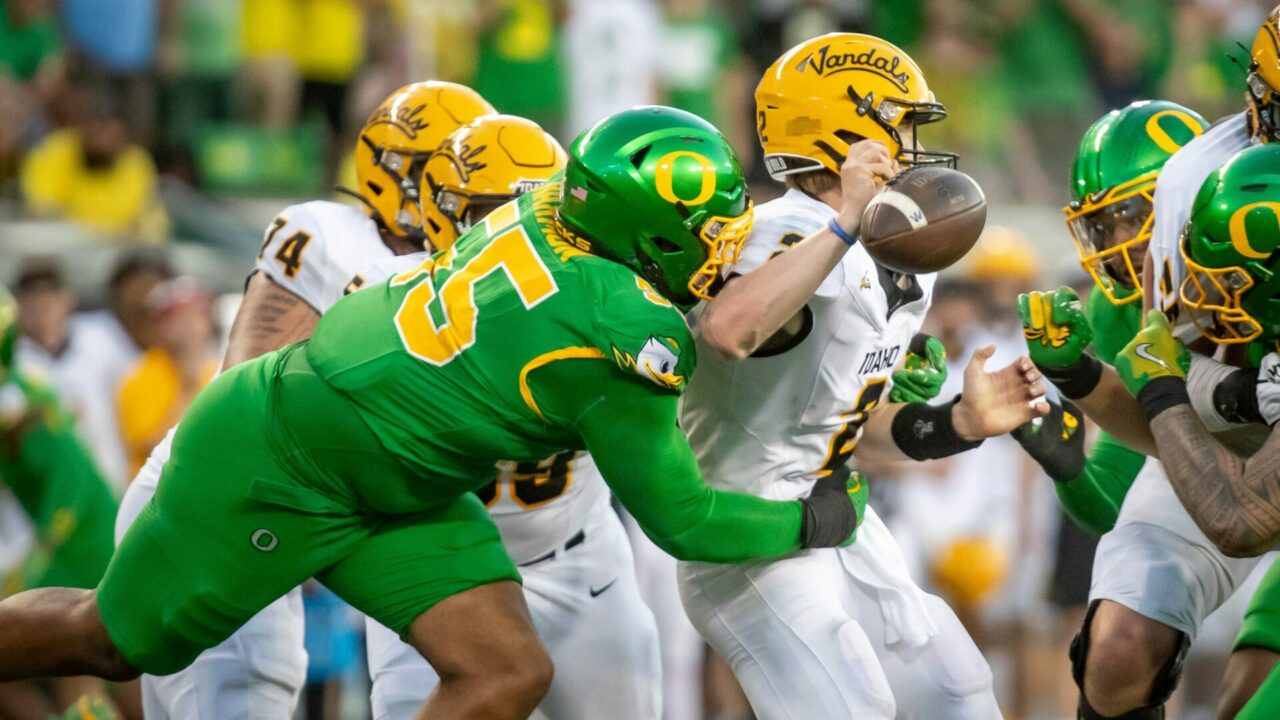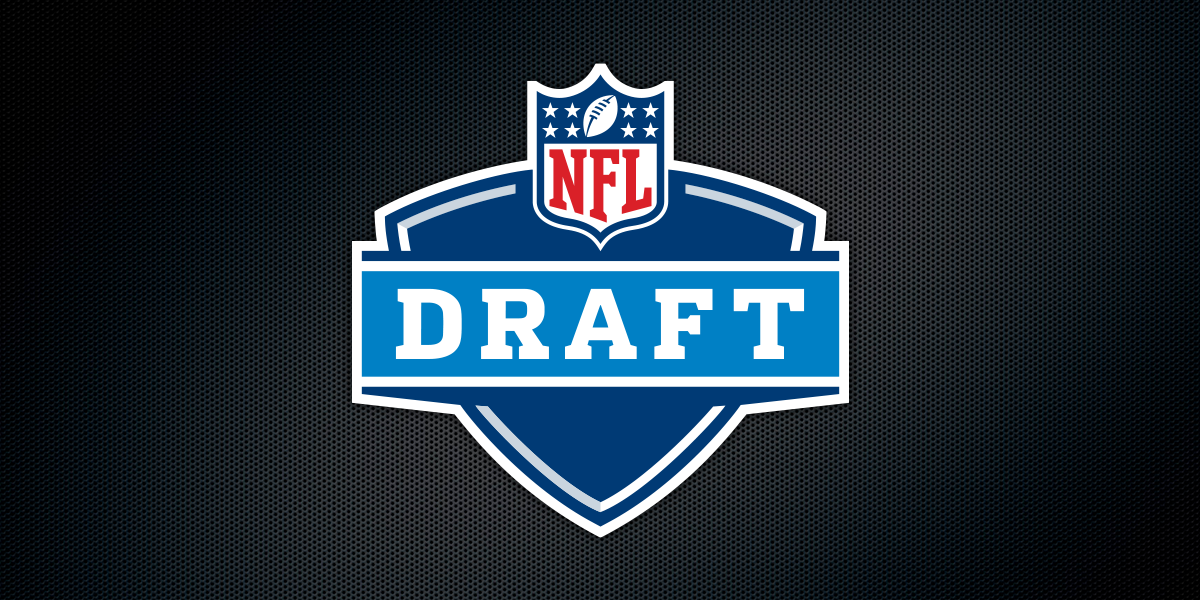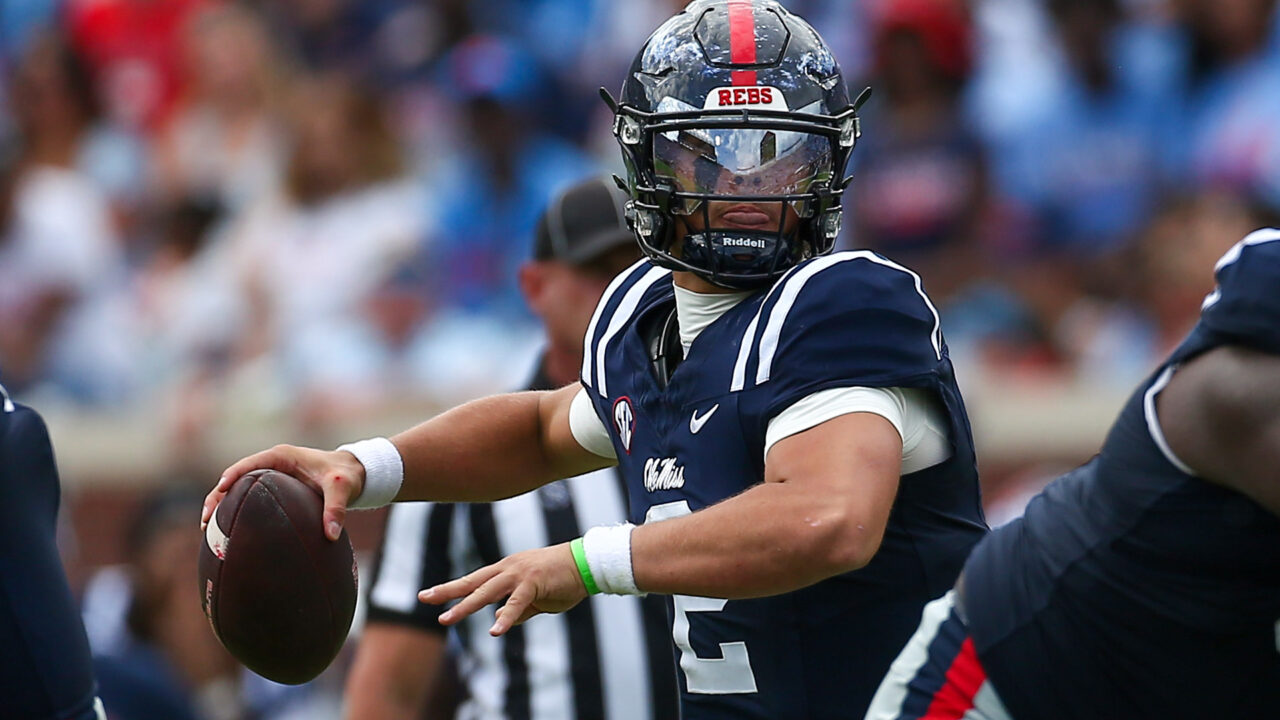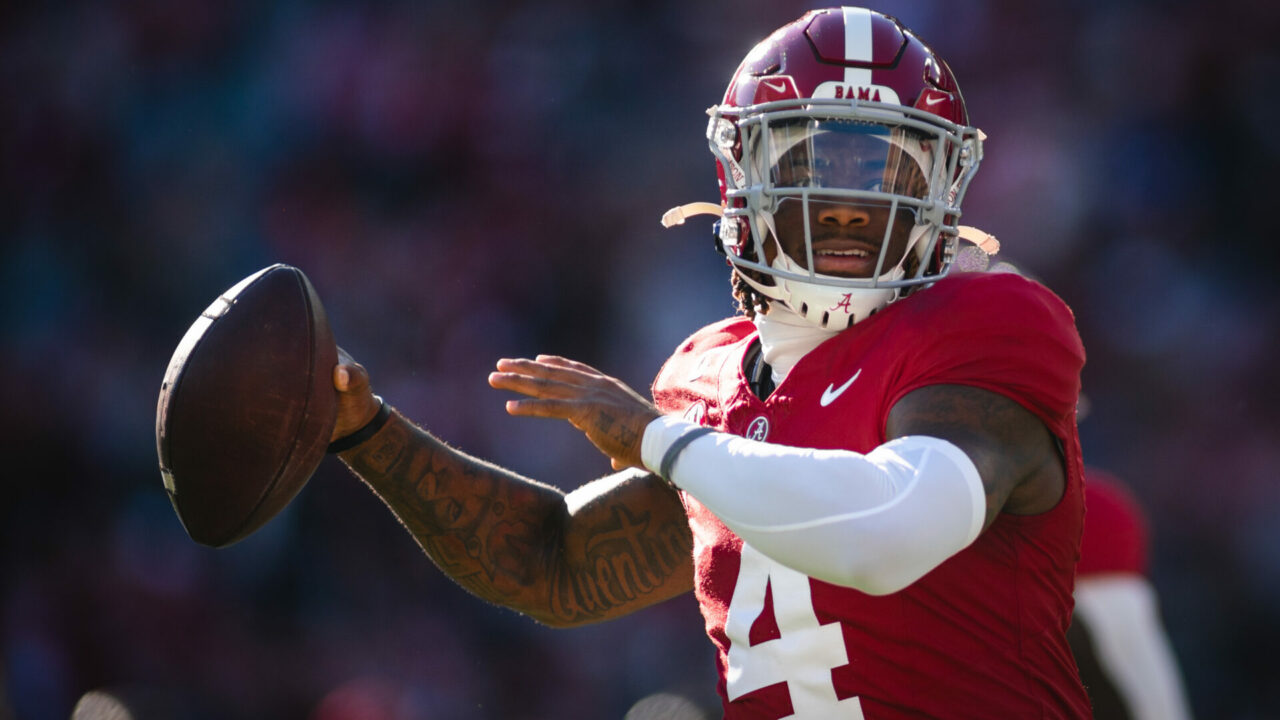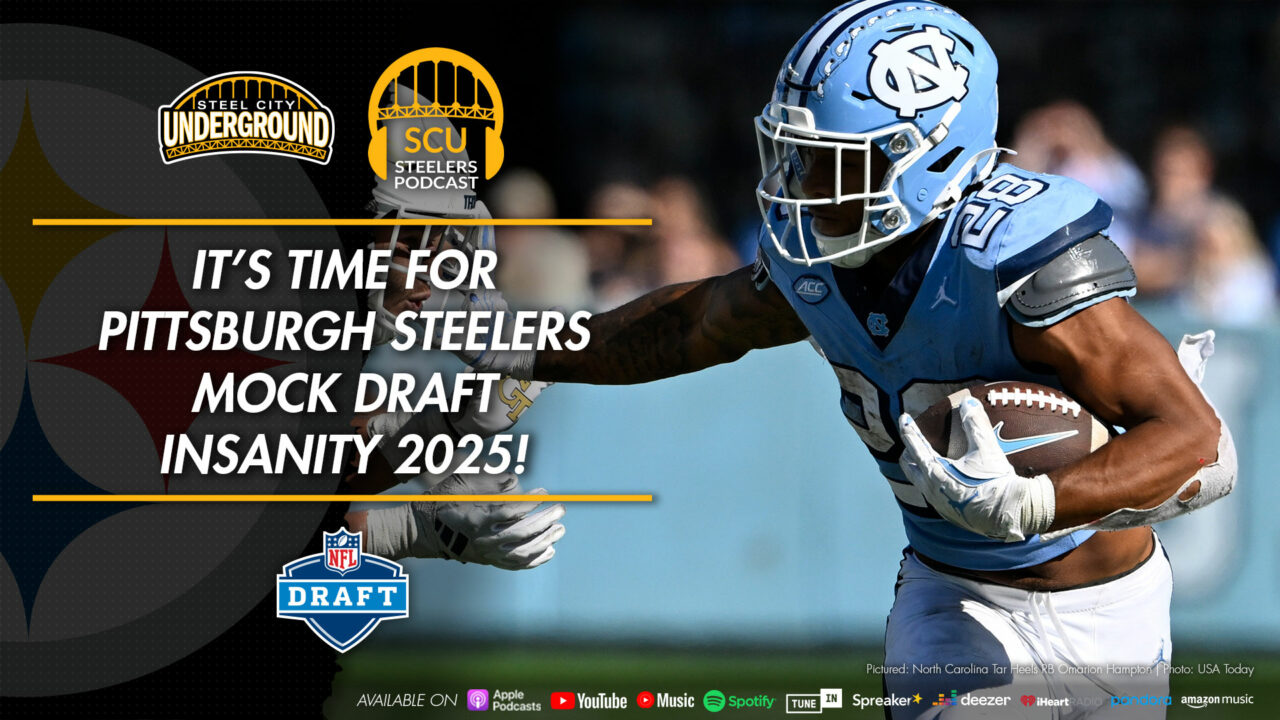3 lessons learned from the 2013 NFL Draft
The 2013 NFL Draft is famous for how underwhelming it was. The Steelers drafted Jarvis Jones in the first round, and while he is considered a “bust” by many, the pick doesn’t look as bad when examining how bad the first round of that draft really was.
While the lack of talent in the draft class can be argued if you’re a 2013 draft-apologist, there’s still no denying that both teams, including the Steelers, can learn some lessons from that draft. When comparing the 2013 draft to 2017, it’s safe to say the Steelers learned and applied these lessons.
Athleticism in the first round
Jarvis Jones is considered as possibly the worst first-round pick during the Mike Tomlin era. While he marginally improved during his four years in Pittsburgh, there was always one glaring absence in his game: athleticism. This weakness greatly hindered Jones and prevented him from ever being more than a below average pass rusher and adequate run stopper.
The lesson learned from picking Jones’ is that first round picks need to be athletes with high ceilings. The Steelers draft picks over the next few years reflect that this lesson was learned.
In 2014 the Steelers selected Ryan Shazier with the 15th pick in the draft. Highlighted by his 4.38 dash, Shazier was seen as one of the best athletes in his draft class. That athleticism seamlessly translated onto the field and has allowed Shazier to develop into arguably the best player on the Steelers defense.
The lesson was also applied to the Steelers first round edge rusher picks, Bud Dupree and T.J. Watt. Both blew up the NFL Combine with their performances. Watt’s athleticism enabled him to be a first-round selection despite only having one year of starting experience on defense. Similarly, Dupree had success with his athleticism despite not having a true position coach at Kentucky.
When comparing the workout results between these four players, the difference is astonishing:
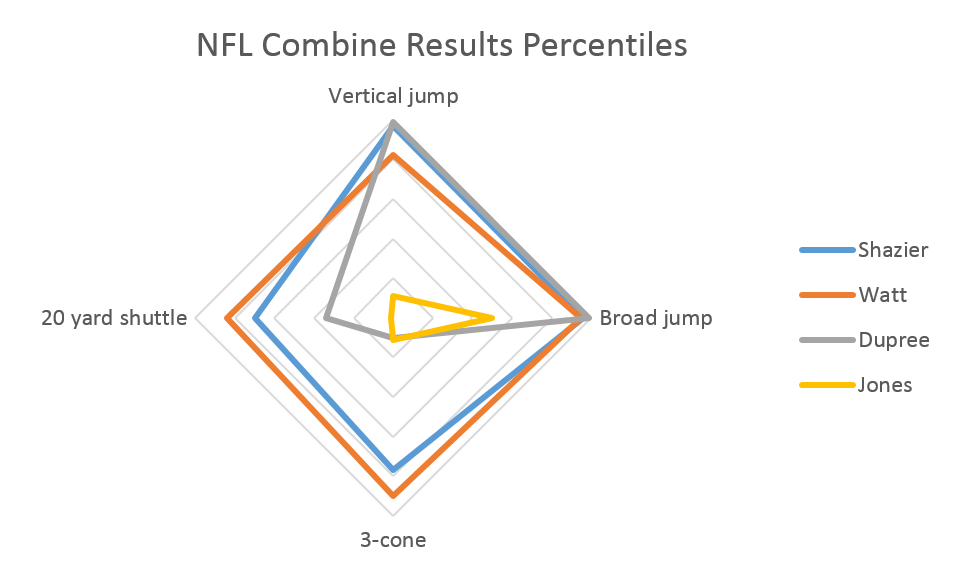
The labels aren’t needed to know which player stands out.
We’ve seen Shazier’s athleticism help him become a great player and both Dupree and Watt have similar ceilings. Jones simply could never overcome this deficiency. The Steelers learned this lesson and have drafted athletic linebackers ever since.
“Above the neck” football
Everybody was excited when the Steelers drafted safety Shamarko Thomas. Many believed he was Troy Polamalu‘s successor since he had the athleticism to succeed in the NFL. While nobody doubts Thomas’ athleticism and conditioning, that’s not the aspect of his game that prevented him from getting on the field.
It was, as Tomlin frequently referred to, his “above the neck” play.
Anytime Thomas was on the field, whether on defense or special teams, he had the tendency to make mistakes. While his athleticism helped him do well in punt return coverage, he drew a flag and gave the opposing team yards on more than a few occasions.
The lesson is that a player needs to be more than an athlete to succeed. Late round “project” players are more excusable, but the Steelers gave up a third round pick to move up and select Thomas.
Cam Sutton best highlights this lesson was learned. Sutton isn’t only an above-average athlete; he compensates with his technique and football IQ. His resume from Tennessee speaks volumes about him: four-year starter, team captain, the leader in all-time passes defended at Tennessee with 37. Sutton also drew rave reviews at the Senior Bowl where his ability and willingness to play outside corner, nickel corner, and safety demonstrated his football IQ.
Sutton projects to have a much more promising career than Thomas did. He is a perfect example of the importance of “above the neck” play over athleticism.
You gotta love the grind
A very important lesson that deserves an endless reminder is that you can’t teach a player to love the game of football. Martavis Bryant is an example of a player who’s heart wasn’t in it and his suspensions reflected that. According to Bryant, he is a changed man, but finding that passion was a personal journey for Bryant, not one taken with his team.
2017 second-round pick JuJu Smith-Schuster demonstrated his passion constantly on Twitter.
It all changes once you fall in love with your grind
— JuJu Smith-Schuster (@TeamJuJu) May 22, 2017
While both receivers exemplify passion, it’s the transformation of Le’Veon Bell that is a shining example of change. Many were surprised when the Steelers drafted Bell in the second round of the 2013 NFL Draft. Many were hoping for running back Eddie Lacy instead.
Bell’s rookie season was solid, but it was his sophomore year where he had his coming out party. Bell didn’t accomplish this feat easily though. It took a significant change to his body. Bell dropped 20 lbs. during his first offseason, reducing his weight from 244 to 225. His improved conditioning was apparent on the field and has allowed him to become the best running back in the league.
But whatever happened to Lacy, the player many wanted over Bell?
Lacy has garnered attention for his conditioning similarly to Bell, but for drastically different reasons. Lacy has become notorious for his weight problems and being out of shape. Recently he made headlines when he weighed in at 253 lbs. Part of his contract with the Seahawks includes bonuses for gradually losing weight, which could be a first in NFL history.
The stark difference between these players emphasizes the lesson that you can’t teach a player to love football. Seeing the passion of players like JuJu show that the Steelers still look for this in their draft prospects.
